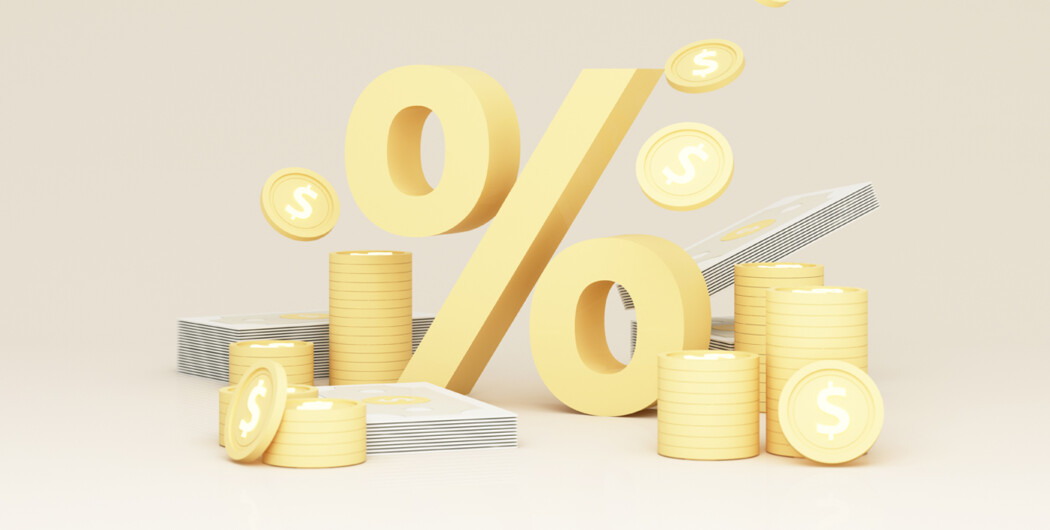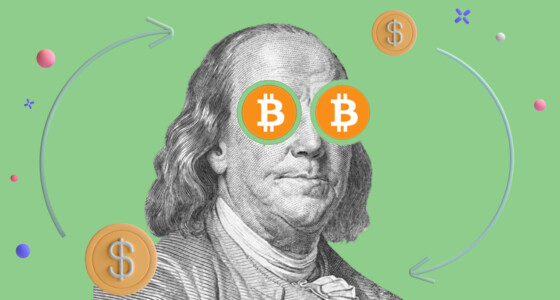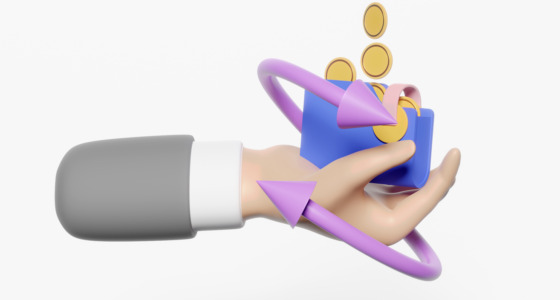

The interest rate is the amount a lender charges a borrower and is a percentage of the principal.
Simple example: If a friend loans you 10$ at a 10% interest rate, you will pay them back 11$. That’s the 10$ you borrowed plus an extra 1$ (10% of 10$) as interest. Central banks and banks have more complicated ways of calculating this, but that’s the general idea.
Understanding Interest Rate
Interest rates are essentially the cost of borrowing money and applied to the principal of the loan, which is the total amount of the loan at the beginning of the loan period. When a person, bank or other financial institution loans out money, they usually expect to be compensated for the loss of the money over the period of the loan. That’s because they could use that money for something else, like making purchases of their own or investing it in order to make more money. That compensation is called interest and the interest rate is how much is due per period of the loan. The lender and the borrower agree on a percentage fee, usually on an annual basis, that’s called the annual percentage rate(APR). If a borrower is considered high risk like, for example, if they have poor credit rating then the interest rate may be higher than it would be for a lower risk borrower.
Important: Risk is typically assessed when a lender looks at a potential borrower’s credit score, which is why it’s important to have an excellent one if you want to qualify for the best loans.
Applications of İnterest Rates
Interest rates apply to a range of common financial instruments. These are:
- Mortgage rates
- Car loans
- Business loans
- Personal loans
- Certificates of deposit
- Credit cards
- Student loans
Each financial instrument and each agreement with the bank or other lender will have its own interest rate.
Types of Interest
There are two types of interest rates. Simple and Compound.
1. Simple interest
Simple interest is paid exclusively based on the principal amount.
For example, if you took out a loan of $100,000 at the 4% interest rate over five years, the calculation would look like this: ($100,000 x .04) x 5 = $20,000. That means the borrower would owe $25000 in interest over the five year loan period.
Student loans and mortgages for homes often offer simple interest loans.
2. Compound interest
Compound interest is interest paid not only on the principal but also on interest from the previous pay period. So each month, the borrower is paying interest on the principal plus interest of the previous month, the principal plus interest on the month before that and on until the beginning of the loan period.
The formula for compound interest is: Principal x [(1 + interest rate)n-1]
In this calculation, ‘n’ is the number of compounding periods.
Nominal interest: The nominal interest rate doesn’t take inflation into account. That means you’ll be paying the same amount on a loan over the life of the loan, regardless of inflation. Nominal interest can also refer to the interest on a loan before any fees or compounding interest or to the interest rate set by the Central Bank.
Real İnterest: The real interest rate does take inflation into account. It is adjusted with inflation and they are calculated by subtracting the expected or actual inflation rate from the nominal interest rate. This gives lending institutions an understanding of their spending power over time.
Variable Interest: Variable interest depends on the market. As the market interest rates go up and down, so too does the interest rate on a loan. Variable interest rates are often used on credit cards, mortgages and loans.
Tiered Interest: With a tiered interest rate, the interest on a savings or checking account gets higher as the amount of money in the account increases.
Long term interest rates: Long term interest rates apply to government bonds that mature in ten years.

How are interest rates determined?
The interest rate charged by banks is determined by a number of factors, such as the state of the economy. A country’s central bank(e.g., the Federal Reserve in the U.S) sets the interest rate, which each bank uses to determine the APR range they offer. When the central bank sets interest rates at a high level, the cost of debt rises. When the cost of debt is high, it discourages people from borrowing and slows consumer demand. Also, interest rates tend to rise with inflation.








